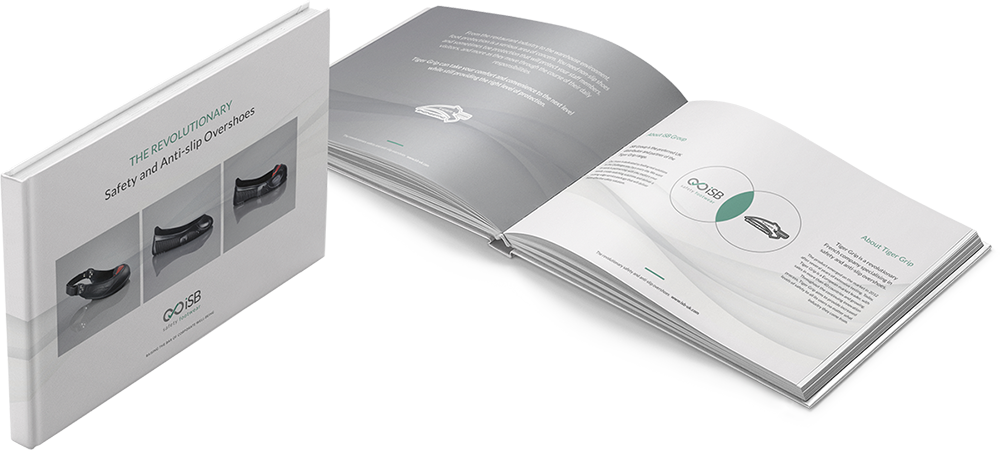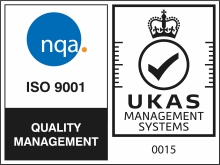
Most businesses experience peaks and troughs where demand for their products or services fluctuates. Quieter times create the ideal opportunity to revisit your safety provision and procedures, ensuring they are fit for purpose and minimise the risk of workplace injuries. By contrast, busy periods vastly increase the risk of accidents happening.
When you’re operating at peak capacity or beyond, the risk of injury is higher than ever. You’re handling more stock, which may mean more manual lifting, there are more workers on the ground, and everyone is moving faster than usual.
Peak periods bring challenges, but there are things you can do to prepare for both expected and unexpected extra demand that will help reduce the risk of accidents and injuries.
Predict the peaks
You don’t need to have a crystal ball; most businesses will experience trends linked to the time of year, the weather or some calendar event. You should expect these peaks to happen each year, try to predict when they may start and end, and plan accordingly. Demand planning is always at the forefront, then staff planning, but your PPE can be planned too. You will also need to keep an eye on current events in your industry and in the wider marketplace, looking for hints in the news cycle that may generate more demand.
Be your best
Efficient, well-run operations are easier to scale up and down. Examine current processes and operations for potential difficulties that could be exposed when volume and activity levels increase, and look for opportunities for improvement. Ensure you follow practices that can be scaled, allowing you to be most productive, efficient and safe.
Plan ahead
Make sure you’re clear on what core products you need to keep your site functioning during busy times, and your staff safe and well. Busy periods are not the time to run low on key supplies like PPE or other essentials. Ensure your key suppliers know when you’re anticipating increased demand, and can scale up their supply to you accordingly. Maintaining strong relationships with your suppliers will be crucial to reacting quickly to unexpected spikes. Don’t be afraid to question them about their own supply routes – a successful supply chain relies on everyone in it working together. If your suppliers’ suppliers fail, you’ll be impacted by that as well.
Communicate with your team
Tell your staff when you’re expecting increased levels of activity, so they can be prepared. Once you have plans and procedures in place to handle increased demand, make sure your team are aware of any changes they will need to adhere to and understand what your processes are. This includes any temporary staff that you take on. Signage is a great way of communicating key reminders – especially those who may be new to your workplace. Make sure your signage is simple to understand and that your procedures are easy to follow. If you make it easy for your team to perform at their best, you will get the best from them when you need it most.
Prepare for disruption
The best laid plans can be disrupted by events outside your control. One of these is the weather. Ensure you have procedures in place to keep walking surfaces clean and dry all year round, and have a contingency plan for how you will handle demand if poor weather prevents your staff from getting to work.
By following these recommendations, your business will be better-placed to handle fluctuations in demand, and a safer place to work during peak periods.
You Might Like...
 1
1
Gravity Jupiter Safety Trainers- E3200
Ultra resistant textile TECNO-TEXT upper
 2
2
Gravity Jupiter Safety Trainers- E3200
Ultra resistant textile TECNO-TEXT upper
 3
3
Gravity Jupiter Safety Trainers- E3200
Ultra resistant textile TECNO-TEXT upper
 4
4
Gravity Jupiter Safety Trainers- E3200
Ultra resistant textile TECNO-TEXT upper

















